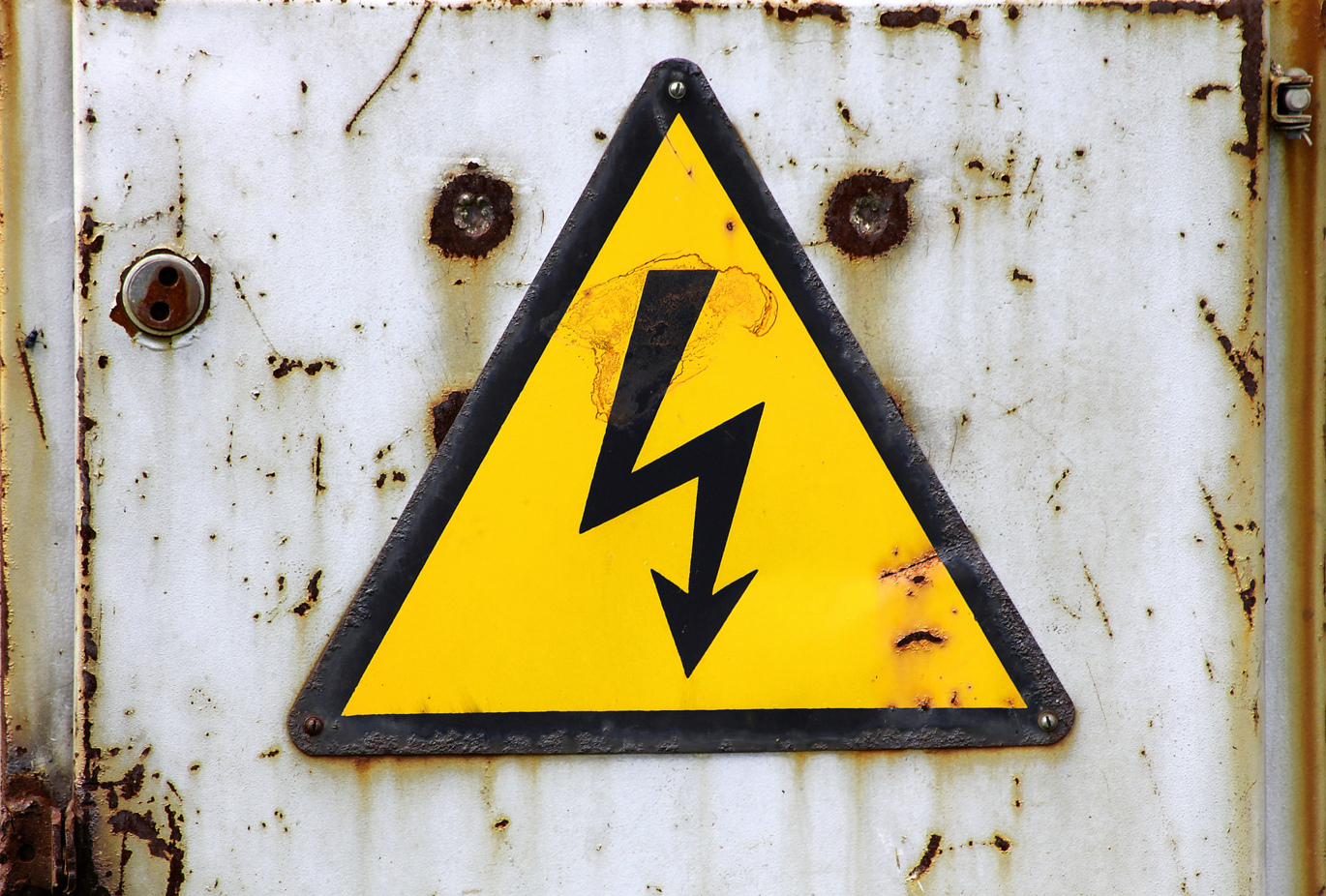
In the simplest of terms, it can be said that electric devices use mains power that is effectively unchanged, i.e. it just flows out of the socket. Electronic devices, however, change the current fed in. For example, changing alternation current into direct current or throttle the 220V from the mains down to 20V. Both of these are necessary changes in devices such as laptops. The designation electronic is also applied to most devices that offer a power output that can be regulated, such as vacuum cleaners or power drills. SKROSS® adapters support both electric and electronic devices, so when you purchase from us, there is no need to worry about this.
Please note that our travel adapters are not voltage converters. However, voltage converters are not usually required for items such as laptops, electric toothbrushes or smartphones, which are frequently used when travelling.
To find out what voltage converters actually do and in which situations they might be required, please read on.
A voltage converter changes the voltage (volts), i.e. it transforms the input voltage into the required output voltage. Example: the standard voltage in Europe is 230 V, the standard voltage in the USA is 110 V. Thus, if you want to use an American device in Germany that has been manufactured to meet the requirements of an input voltage of 110 V, you will need a voltage converter. The same applies in the reverse case, i.e. if you want to use a European device in the USA, you will need a voltage converter that transforms the input voltage of 110 V to 230 V.
However, many devices are flexible in terms of input voltage and cover a wide spectrum. Electronic devices equipped with a power supply or a charging device (e.g. laptops, mobile phones, cameras, etc.) hardly ever need an external voltage transformer, as this is included in most power supplies that have been manufactured to span input voltages from 100 V to 240 V. Please check the information indicated on the power supply.
Other devices, such as hairdryers, often feature a button on the casing, with which you can switch between the different voltages.
The USA and a few other countries such as Canada, Mexico and Cuba, as well as some countries in the Caribbean, have a standard input voltage of 110 V to 120 V. An input voltage ranging from 220 V to 240 V is standard everywhere else.
If the voltage is too high for the device in use, the device might be damaged or the cable might start to burn. If the voltage is too low, use of the device might be restricted or the device might not function at all. Example: in the USA, a European hairdryer might only produce a cool and weak airflow, whereas an American hairdryer in Europe might overheat and be damaged.
